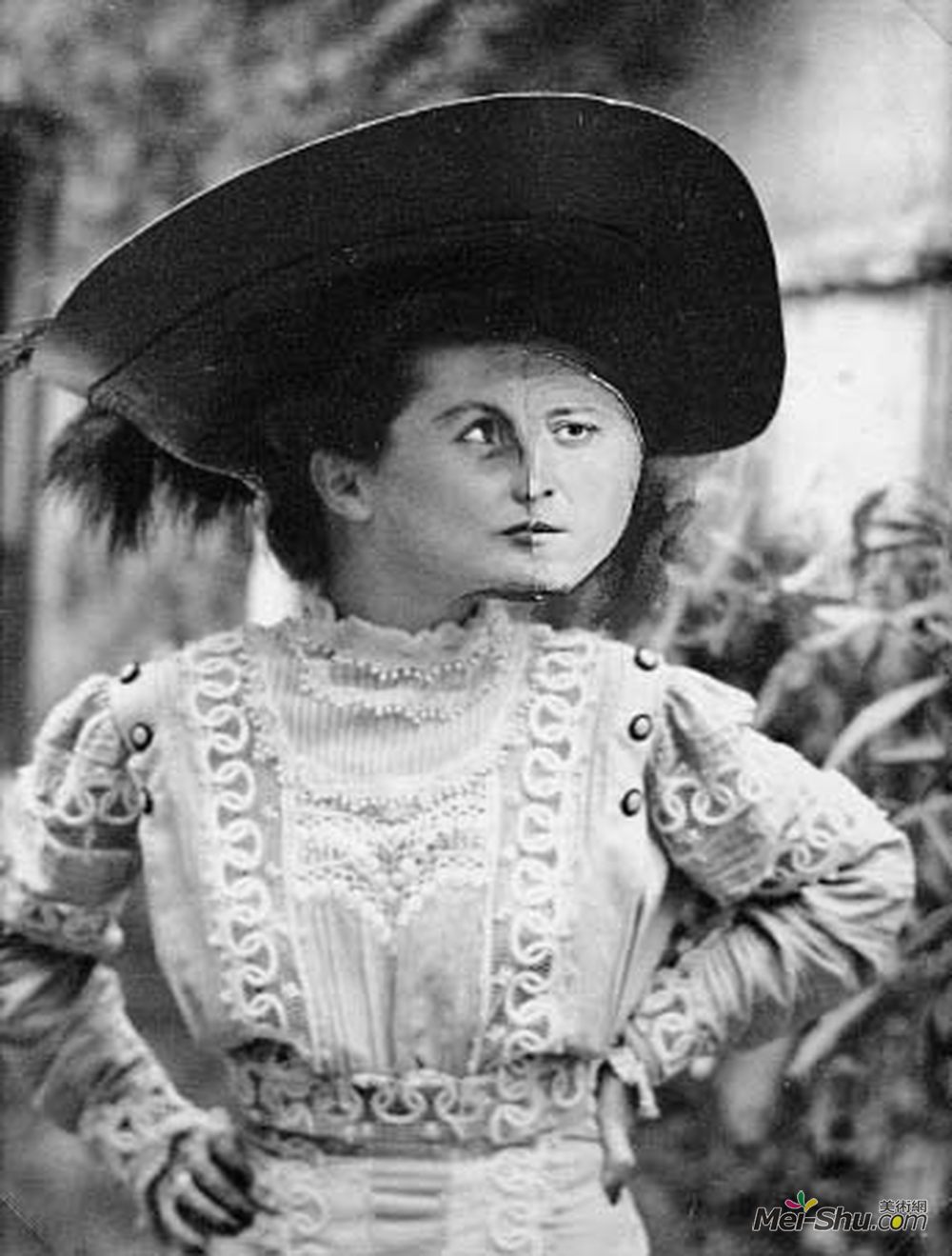
雷米蒂欧斯·巴罗(Remedios Varo)
艺术家: 雷米蒂欧斯·巴罗
生于: 1908年12月16日;安格尔,西班牙
卒于: 1963年10月08日;墨西哥墨西哥城
国籍: 西班牙,墨西哥
流派: 超现实主义
领域: 绘画
Remedios Varo Uranga是二十世纪上半年为数不多的公认的超现实主义女性画家之一。她以其独特而独特的超现实主义手法反抗那个时代男性主导的艺术世界。她最初的超现实主义形式的奠基石是在她童年和青春期的早期,受到多元文化背景和教育的影响。还有,影响最大的是她的父亲,他给她灌输了一些核心价值观,比如热切的完美主义,以及后来在她的作品中形成的思想自由。熟练掌握技术制图技巧。他还打开了门口,她生动的想象力,她与幻想和冒险书籍。她父亲以技术和哲学的方式影响了瓦罗,在精神上影响了她虔诚的母亲,瓦罗被两个世界撕裂了。因此,她发现自己正在向超现实主义漂移,并把它当作一种表达内心世界挣扎的风格。
在她的绘画中,瓦罗找到了一个安全的地方来反抗母性方面的天主教习俗,艺术家发现这很有限。她把神秘的生物和乌托邦机器结合在一起,产生了她独特而迷人的风格。这位艺术家以神秘主义和神秘主义为主题,摒弃了基督教和宗教象征主义(当时超现实主义艺术家的潮流主题,如萨尔瓦多·达利后期作品中的萨尔瓦多·达利、马克斯·恩斯特的《i》、《耶稣受难》、《i》、维克多·布劳纳的《i》、《亚当·安培》、《夏娃》、《i》)。通过她的艺术,Varo表达了她的女权主义信仰和她反对那个时代男性艺术家的优越性的需要。在20世纪20年代和30年代,女性画家并没有被男性同行完全认可为真正的艺术家,因此,瓦罗和她的女超现实主义同伴们努力在男性主导的场景中赢得聚光灯下的位置。在她的整个职业生涯中,观众可以找到被禁锢的女性反复出现的主题——将女性角色囚禁在黑暗或孤立的空间中,与外界隔绝。另一个经常出现的符号是新月——一个象征女性面貌的元素,也是画家阴暗内向的天性,画家试图让观众感受到在20世纪初成为女性艺术家的感觉。
Varo的招牌技术尼克斯是各种元素的并置,一种远景(超现实主义艺术家的共同技术,如沃尔夫冈·帕伦和萨尔瓦多·达利,允许画家用神秘的气氛给画布充电),一种乌托邦式的构图,以及平衡色彩和对比度的使用。为了让她出现在画布上,瓦罗塑造了双性同体的人物,面部特征与她相似。通过将自然与机器以及情感与逻辑并置,艺术家建立了一个多维的世界,在这个世界中,她能够充分表达自己的多个方面,将女艺术家、神秘主义者、科学家和精神存在交织成一体。
Artist :Remedios Varo
Additional Name :María de los Remedios Alicia Rodriga Varo y Uranga
Born : Anglès, Spain
Died : Mexico City, Mexico
Nationality :Spanish,Mexican
Art Movement :Surrealism
Remedios Varo Uranga was one of the few acknowledged female surrealist painters of the first half of the 20th century. She defied the male dominated artistic world of that era through her unique and peculiar approach to Surrealism. The stepping stones for her original form of Surrealism were set early in her childhood and adolescence, fuelled by a multicultural background and upbringing. Also, the great influence was her father, who instilled some core values in her, such as her ardent perfectionism, and the freedom of thought, which later took shape in her artwork.
Varo’s father, an engineer by profession, nurtured his daughter’s artistic potential by mentoring her in developing technical drawing skills. He also opened the doorway to her vivid imagination by presenting her with fantasy and adventure books. Being influenced in a technical and philosophical manner by her father, and spiritually by her deeply religious mother, Varo was torn between the two worlds. Therefore, she found herself drifting toward Surrealism and adopting it as the style, in which she would express the struggles of her inner world.
In her paintings, Varo found a safe place to revolt against Catholic practices from her maternal side, which the artist found quite restricting. She combined mystical beings and utopic machines together to give birth to her unique and enchanting style. The artist adopted mysticism and the occult as her main theme, and dismissed Christian and religious symbolism (trending leitmotifs of surrealist artists of the time, such as Salvador Dali in his later work, Max Ernst’s
Through her art, Varo expressed her feminist beliefs and her need to oppose the superiority of male artists of that era. In the 1920s and 1930s, female painters were not fully recognized as true artists by the male counterparts and therefore, Varo and her fellow female surrealists struggled to win a place in the spotlight on a scene dominated by men. Throughout her career, viewers can find the recurring motif of the confined woman - an imprisonment of the female characters in dark or isolated spaces, hidden from the outside world. Another symbol that appears constantly is the crescent moon - an element that symbolizes the feminine aspect, and also the shadowy and introverted nature of the painter, who tried to make the viewer feel what it was like to be a female artist in the early 20th century.
Varo’s signature techniques were a juxtaposition of elements, a fumage (common technique of surrealist artists, such as Wolfgang Paalen and Salvador Dali, that allows the painter to charge the canvas with a mystical atmosphere), a utopic composition, and use of well-balanced colors and contrasts. To mark her presence on a canvas, Varo built androgynous looking characters with facial features that resembled her own. By juxtaposing nature versus machine, and feelings versus logic, the artist built a multidimensional world where she could fully express the multiple aspects of herself, interweaving the woman artist, the mystic, scientist, and spiritual being all into one.